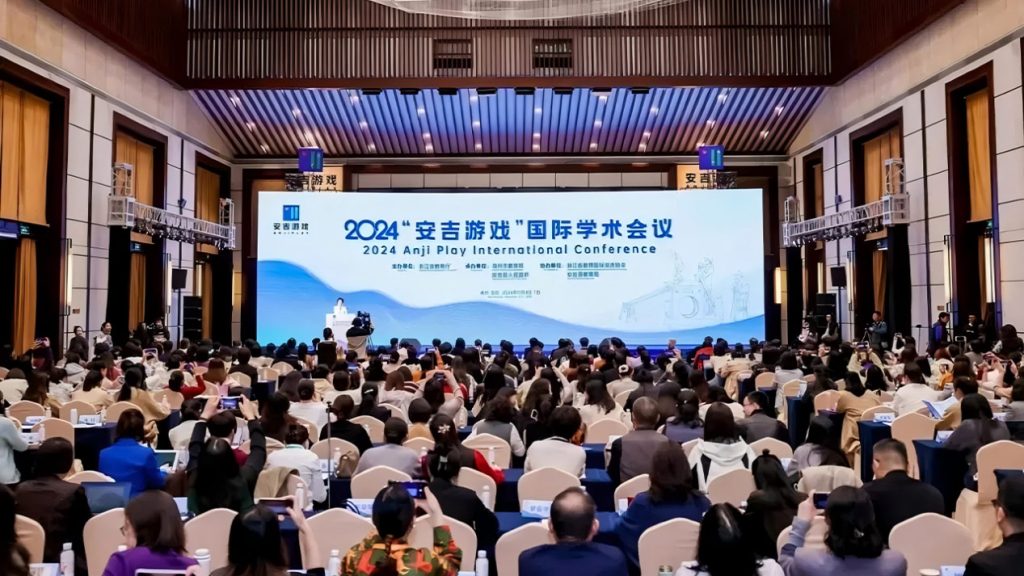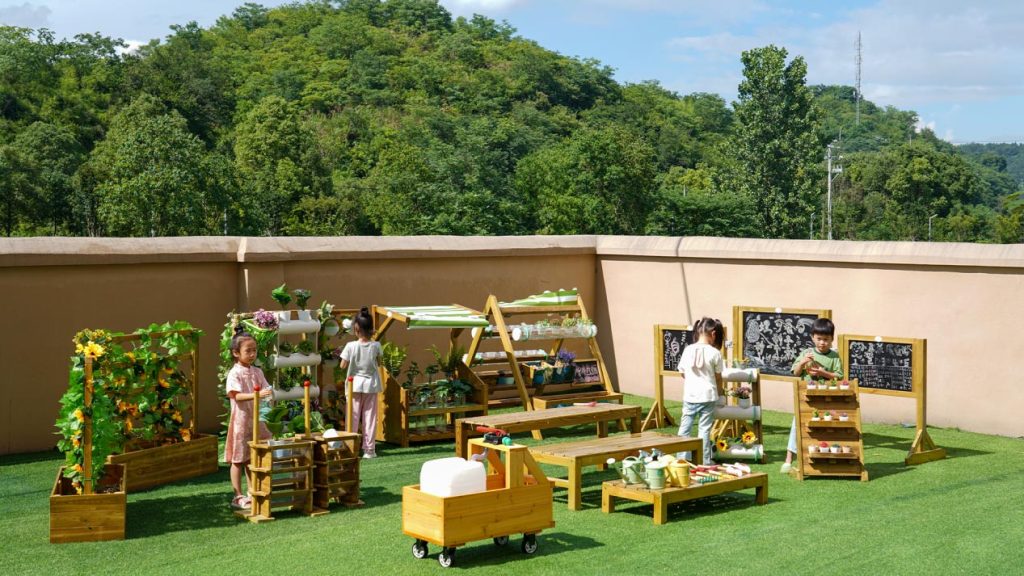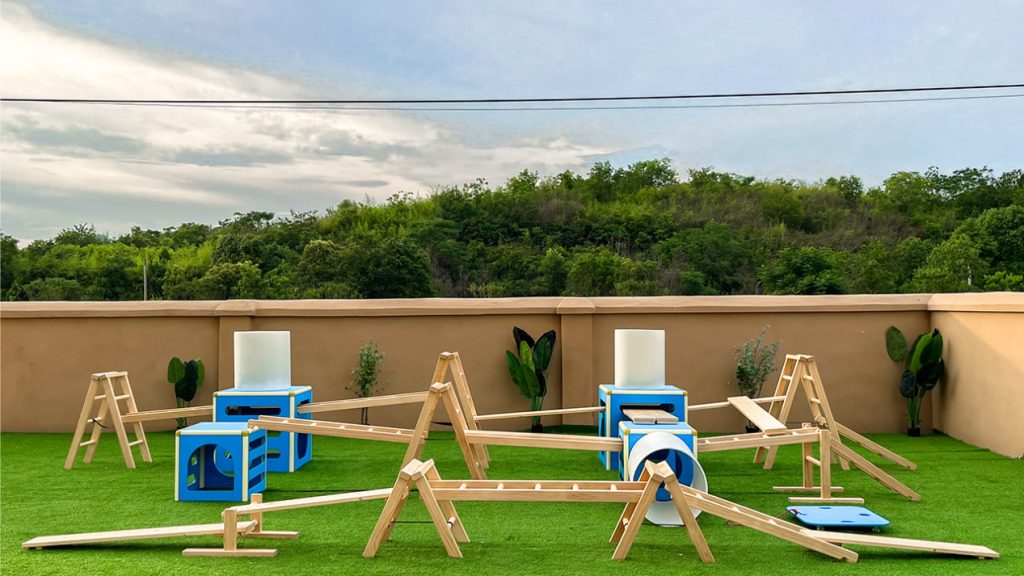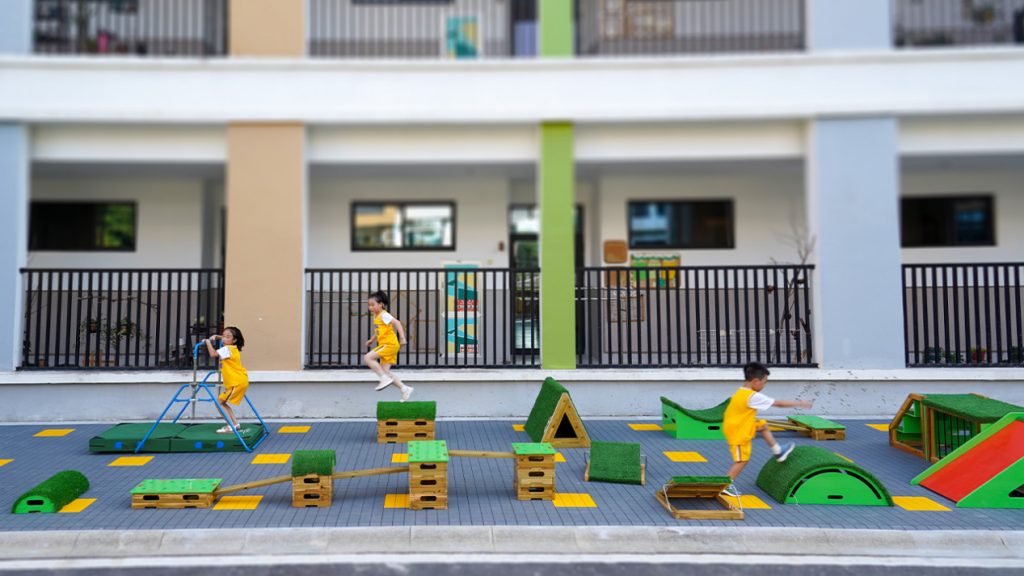Table of Contents
- What is Anji Play?
- 5 Core Principles of Anji Play
- Global Impact and Recognition
- The Importance of Natural Materials
- Research and Educational Benefits
- Implementation Around the World
What is Anji Play?
Anji Play is transforming early childhood education worldwide through its revolutionary approach to autonomous learning. This Chinese educational innovation, recognized by the World Economic Forum as a leading Education 4.0 model, offers 5 core principles that are reshaping how children learn and play globally.ucation 4.0 model, offers 5 core principles that are reshaping how children learn and play globally.

Anji Play originated in Anji County, Zhejiang Province, China, as a groundbreaking early childhood education model. This approach embraces five fundamental values: Love, Risk, Joy, Engagement, and Reflection.
The Anji Play philosophy centers on “True Play,” empowering children to lead their own learning experiences. Unlike traditional educational approaches, Anji Play prioritizes child autonomy and natural development.
International Recognition
In 2020, Anji Play achieved global recognition when the World Economic Forum ranked it as the top educational model among 16 future education approaches. This milestone marked China’s first major educational export to the international community.
Today, Anji Play operates in over 50 countries across:
- Americas
- Europe
- Africa
- Oceania
5 Core Principles of Anji Play
1. Autonomy: Child-Led Learning
Anji Play empowers children as leaders of their educational journey. Children freely choose:
- Play materials and tools
- Activity duration and intensity
- Learning methods and approaches
- Exploration paths and challenges
This autonomy principle encourages the use of open-ended materials that support children’s natural curiosity and creativity.

2. Low-Structure Design Philosophy
Anji Play advocates for materials without predetermined outcomes. Key components include:
- Movable wooden blocks of various shapes and sizes
- Natural cylinders and wheels for rolling and building
- Simple ladders and ropes for climbing and connecting
- Containers and vessels for collecting and transporting
These materials encourage infinite creativity and problem-solving, allowing children to transform simple objects into complex learning tools.
3. Natural Material Integration
Anji Play emphasizes sustainable, natural materials that provide authentic learning experiences:
Primary Materials:
- Wood – offering warmth, texture, and durability
- Bamboo – lightweight yet strong for construction
- Cotton and linen – for soft elements and connections
- Natural stones and elements – for authentic outdoor experiences
Natural materials provide children with genuine tactile experiences while supporting environmental responsibility and connection to the natural world.e experiences while supporting environmental responsibility and connection to the natural world.

4. Risk-Taking Encouragement
Anji Play supports calculated risk-taking in safe environments. Through challenging yet secure experiences, children develop:
- Confidence in their physical abilities
- Decision-making skills under uncertainty
- Problem-solving abilities through trial and error
- Physical coordination and body awareness
Natural materials like wood provide the perfect balance of challenge and safety, offering stable surfaces with natural grip and authentic weight.
5. Reflective Practice
Anji Play incorporates structured reflection sessions where children:
- Share experiences with peers and teachers
- Analyze challenges they encountered during play
- Celebrate achievements and breakthroughs
- Plan future activities based on their interests
This reflection process helps children develop metacognitive skills and deeper understanding of their learning journey.
Global Impact and Recognition
United States Implementation
Madison, Wisconsin invested $2 million establishing an Anji Play pilot kindergarten. Results show:
- 40% improvement in creative thinking assessments
- Enhanced social cooperation between children
- Increased learning engagement and focus duration
- Reduced behavioral challenges in the classroom
European Adoption
Educational experts from the UK, Germany, and Netherlands have integrated Anji Play concepts:
- Teacher training programs focusing on observation skills
- Curriculum modifications emphasizing child autonomy
- Facility redesigns incorporating natural materials and open spaces

Research Validation
Multiple prestigious institutions validate Anji Play effectiveness:
- University of Cambridge Early Childhood Research – documenting cognitive development benefits
- Harvard Graduate School of Education Play Studies – analyzing social-emotional outcomes
- European Association for Research on Learning and Instruction – studying long-term educational impacts
The Importance of Natural Materials in Anji Play
Why Wood is Central to Authentic Anji Play
Natural materials, particularly high-quality wood, are fundamental to the Anji Play approach for several crucial reasons:
Sensory Development: Wood’s natural texture, temperature, and weight provide rich sensory input that plastic materials cannot replicate. Children develop fine motor skills and tactile awareness through authentic material interaction.
Durability and Safety: Quality wooden materials withstand intensive use while maintaining safety. Natural wood ages gracefully, developing character that adds to the learning environment rather than deteriorating like synthetic alternatives.
Environmental Connection: Working with natural materials helps children develop respect for the environment and understanding of sustainable practices. Wood connects children to natural cycles and ecological awareness.
Open-Ended Possibilities: Wooden blocks, planks, and elements can be transformed into infinite configurations. Unlike plastic toys with predetermined functions, wood encourages true creativity and problem-solving.
Quality Standards for Educational Materials
When implementing Anji Play, it’s essential to choose materials that meet rigorous standards:
- Sustainable sourcing from responsibly managed forests
- Non-toxic finishes safe for children’s exploration
- Smooth, splinter-free surfaces that invite handling
- Appropriate sizing for different age groups and abilities
Research and Educational Benefits
Cognitive Development
Research consistently shows that Anji Play approaches using natural materials produce significant cognitive benefits:
Creative Thinking: Children using open-ended wooden materials score 35-40% higher on creativity assessments compared to those using conventional toys.
Problem-Solving: The challenge of working with real materials develops genuine problem-solving skills that transfer to academic learning.
Focus and Concentration: Natural materials require more engaged attention, leading to improved concentration spans and deeper learning experiences.
Social-Emotional Growth
Collaboration Skills: When children work together with challenging materials, they naturally develop cooperation and communication abilities.
Emotional Regulation: The calming properties of natural materials help children manage emotions and develop self-regulation skills.
Confidence Building: Successfully manipulating real materials builds genuine confidence and self-efficacy.
Physical Development
Gross Motor Skills: Climbing, lifting, and moving substantial wooden materials develops strength and coordination.
Fine Motor Skills: The varied textures and weights of natural materials enhance hand-eye coordination and dexterity.
Spatial Awareness: Three-dimensional play with wooden blocks and elements develops spatial reasoning abilities crucial for STEM learning.
Global Implementation Success Stories
Case Study: Nordic Countries
Scandinavian countries report significant Anji Play benefits:
- 35% increase in creative problem-solving assessments
- Improved emotional regulation and reduced anxiety
- Enhanced peer collaboration and conflict resolution skills
The success in Nordic countries is particularly notable because of their existing emphasis on outdoor education and natural materials, showing how Anji Play complements progressive educational approaches.
Case Study: Australian Integration
Australian educators combining Anji Play with local practices show:
- Reduced behavioral incidents by up to 50%
- Increased outdoor learning time and nature connection
- Enhanced Indigenous cultural connections through natural material use
Case Study: Asian Educational Transformation
Beyond China, other Asian countries implementing Anji Play report:
- Improved academic readiness without formal academic instruction
- Enhanced creativity scores in international assessments
- Better teacher satisfaction and professional development outcomes
Getting Started with Anji Play
For Educators
Understanding Anji Play principles is the first step toward implementation:
Environmental Preparation:
- Create spaces that allow for large-scale construction and movement
- Provide access to natural materials in sufficient quantities
- Ensure outdoor learning opportunities are available daily
Teacher Development:
- Focus on observation skills rather than direction-giving
- Practice stepping back and allowing children to lead
- Develop comfort with calculated risk-taking and problem-solving
Material Selection:
- Prioritize natural, open-ended materials over plastic toys
- Ensure materials are substantial enough for real construction
- Provide variety in sizes, shapes, and weights for diverse exploration
Understanding the Philosophy
Anji Play isn’t just about materials—it’s about fundamentally shifting how we view children’s capabilities:
- Children are competent and capable of complex thinking
- Play is children’s natural learning language
- Natural materials provide authentic learning experiences
- Risk-taking and challenge are essential for development
Conclusion: The Future of Early Childhood Education
Anji Play demonstrates that when we provide children with authentic materials, genuine autonomy, and trust in their capabilities, remarkable learning emerges. This approach, rooted in respect for children and connection to the natural world, offers a pathway toward more meaningful and effective early childhood education.
As more educators and institutions around the world discover the benefits of Anji Play, the demand for high-quality, natural educational materials continues to grow. The combination of child-led learning, natural materials, and reflective practice creates educational environments where children thrive.
Through embracing these five revolutionary principles—autonomy, low-structure design, natural materials, risk-taking, and reflection—we can transform early childhood education to better serve children’s natural learning processes and prepare them for a rapidly changing world.
Whether you’re an educator seeking to enhance your program or someone interested in supporting quality educational materials, understanding Anji Play principles opens doors to more authentic, engaging, and effective learning experiences for children.
Related Resources
External Educational Resources:
- World Economic Forum on Future of Education
- UNESCO Early Childhood Care and Education
- Zero to Three National Organization
Our Internal Resources:
Contact Our Education Specialists